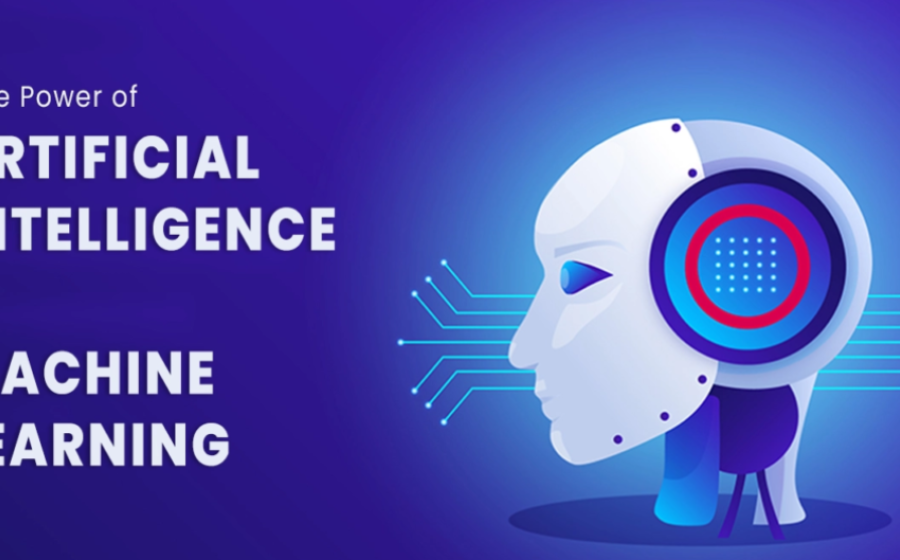
Artificial Intelligence (AI) and Machine Learning (ML) have become buzzwords across various industries, and the packaging sector is no exception. Over the last few years, the integration of these technologies has started to reshape how packaging is designed, produced, and optimized. From personalized designs to automated production lines, AI and ML are driving innovation and efficiency, offering new opportunities for packaging companies to stay competitive in a rapidly evolving market.
1. AI-Powered Packaging Design: Personalization at Scale
Gone are the days when packaging was a one-size-fits-all solution. With the rise of AI, packaging design is now more personalized than ever. Machine learning algorithms can analyze vast amounts of data from consumer preferences, market trends, and even social media to create packaging designs that resonate with target audiences.
For example, Coca-Cola's "Share a Coke" campaign leveraged AI to analyze customer behavior and personalize packaging with individual names. The campaign used a machine learning algorithm to predict popular names, resulting in bottles featuring hundreds of names that drove massive consumer engagement. AI algorithms can also help brands design packaging that stands out on the shelf by studying competitor products, consumer preferences, and packaging aesthetics. This level of customization allows for a better connection between the product and the consumer, boosting brand loyalty and sales.
2. Optimizing Packaging Efficiency with AI and ML
AI and machine learning aren’t just changing design; they’re also improving production efficiency. Traditional packaging production lines require a lot of manual labor and quality control processes. But with AI-powered systems, companies can now automate much of the production process, resulting in faster production times, reduced waste, and lower operational costs.
For instance, AI systems can track packaging production in real-time, predicting potential failures or inefficiencies in the process. Sealed Air, a leader in packaging solutions, uses AI-driven predictive maintenance to monitor machinery performance and prevent equipment breakdowns. By analyzing sensor data, the system can predict when a machine is likely to fail, allowing for preemptive maintenance and minimizing downtime.
3. Smart Packaging: The Intersection of AI, IoT, and Consumer Engagement
AI isn’t just limited to packaging design and production; it’s also enhancing consumer interactions through smart packaging. By integrating AI with the Internet of Things (IoT), packaging can become interactive, providing valuable data that connects brands directly with consumers.
Smart labels and QR codes are one of the key applications of AI in packaging. These labels can store product information, track inventory, and even provide a platform for consumers to engage with brands. For example, Nestlé’s smart packaging solution integrates QR codes with AI to give consumers access to information about the origin of ingredients, sustainability practices, and even personalized recipes. By scanning a QR code on the package, consumers can instantly access valuable content, creating a more engaging experience and fostering brand transparency.
4. Reducing Packaging Waste with AI-Driven Optimization
Sustainability is a growing concern in the packaging industry, and AI and machine learning are stepping up to help brands minimize their environmental footprint. AI algorithms can analyze packaging materials, production methods, and logistics to recommend the most sustainable options.
For instance, Unilever has used AI to optimize packaging design, reducing material usage without compromising product protection. Machine learning algorithms help identify the optimal size, shape, and material for packaging, ensuring that products are not over-packaged or under-protected. AI-driven tools are also helping companies design packaging that uses fewer resources, reduces transportation costs, and is fully recyclable or biodegradable.
5. AI in Packaging Supply Chain Management
Another area where AI and machine learning have made a significant impact is in supply chain management. Packaging manufacturers are using AI to forecast demand, optimize inventory levels, and streamline logistics. Machine learning algorithms analyze historical data to predict demand spikes and optimize packaging production schedules, ensuring that companies always have the right amount of packaging material on hand.
For example, Amazon’s use of AI in supply chain management helps it optimize packaging for thousands of products daily. By predicting the exact size and type of packaging needed for each product, Amazon reduces packaging waste and shipping costs. The ability to precisely match packaging with product size also minimizes environmental impact by using only the necessary materials.
6. The Future of AI in Packaging
As AI and machine learning technologies continue to evolve, we can expect even more innovations in the packaging industry. From fully automated, AI-driven production lines to packaging that can adapt to the environment, the possibilities are endless. In the future, packaging could even become "smart enough" to adjust its design based on external factors such as temperature, humidity, or handling conditions, ensuring that products are always protected and optimizing the consumer experience.
Conclusion: A Game-Changer for the Packaging Industry
AI and machine learning are revolutionizing the packaging industry, from enhancing design and customization to optimizing production and reducing waste. By leveraging these technologies, packaging companies can stay ahead of market trends, meet sustainability goals, and deliver superior products that resonate with consumers. With ongoing advancements in AI and ML, the future of packaging is not just smart—it's intelligent, personalized, and sustainable.
